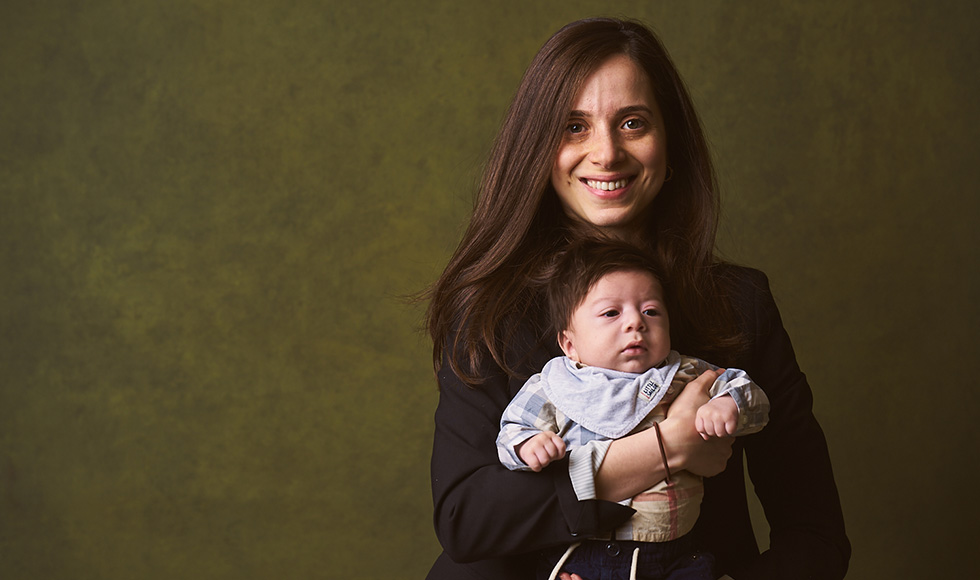Engineering is for everyone

March 8, 2018
One in 10 women worldwide has endometriosis, a condition where the tissue that usually lines the inside of the uterus grows elsewhere in the body, causing pain, internal scarring and adhesions, and, in some cases, infertility. The disease can be devastating – and yet, because it can only be diagnosed through a surgical procedure, it takes an average of seven to nine years to get a confirmed diagnosis.
Leyla Soleymani, associate professor in the department of Engineering Physics and the School of Biomedical Engineering, wants to change that by making endometriosis detection as easy as checking blood glucose, which only requires a pinprick’s worth of blood.
That’s easier said than done. Unlike glucose, which is present in blood in relatively high concentrations, other disease markers can be much harder to detect.
Those small concentrations require tiny tools – microscopic biosensors that react to biological materials. And as Canada Research Chair in Miniaturized Biomedical Devices, Soleymani is used to working on a very, very small scale.
“We’re working on devices that are easy to use as a blood glucose monitor but can detect specific DNA molecules or proteins that are available in very low concentrations,” she says. “The idea is to make a platform that can be ‘universal sensing’ – able to look at molecules that are different classes, like protein or nucleic acids like RNA or DNA, on the same platform.”
Soleymani and her team, including colleagues in McMaster’s Faculty of Health Sciences, have already seen success in creating a handheld, solar-powered device for diagnosing tuberculosis quickly using a saliva sample, and are currently also working on developing a more accurate diagnostic test for prostate cancer.
As well as seeing her work have a measurable impact on society, Soleymani says this intersection between health care and engineering is what’s exciting about her work.
“I enjoyed chemistry and physics in high school. I’ve never stopped liking science, and the kind of engineering that I do never stops building on the fundamentals,” she explains. “I can use those science fundamentals and build technology that can have an impact. Engineering allows me to think of a problem that impacts a lot of people, like cancer, infectious diseases or endometriosis, then use my skills to find solutions.”
Teaching is also a great passion for Soleymani, who completed her own PhD at the University of Toronto.
“I really enjoy guiding my students through their graduate studies,” she says. “Of course, in the beginning I’m guiding them, but by the end, they’re guiding me, because they know more in that particular topic than I do. To see that is very rewarding.”
And along with affecting the trajectory of diseases like endometriosis and prostate cancer, something else Soleymani would like to change are preconceived – and limited – ideas about engineering: that it’s a traditionally male profession, that engineers aren’t creative, and that the discipline is only about buildings and bridges.
“People are surprised when I tell them I’m an engineer, and they’re even more surprised when I tell them what kind of engineering I do,” she says. “To be an engineer, you don’t have to be male, you don’t have to be tough – you just have to be creative and love science. Balancing work and family is not easy, regardless of your career path. But when you love your work, it makes any difficult decisions and situations totally worth it. Engineering is for everyone.”
This article is part of a series of profiles celebrating the 60th anniversary of McMaster’s Faculty of Engineering. For more Big Ideas stories, go to the faculty’s website.


